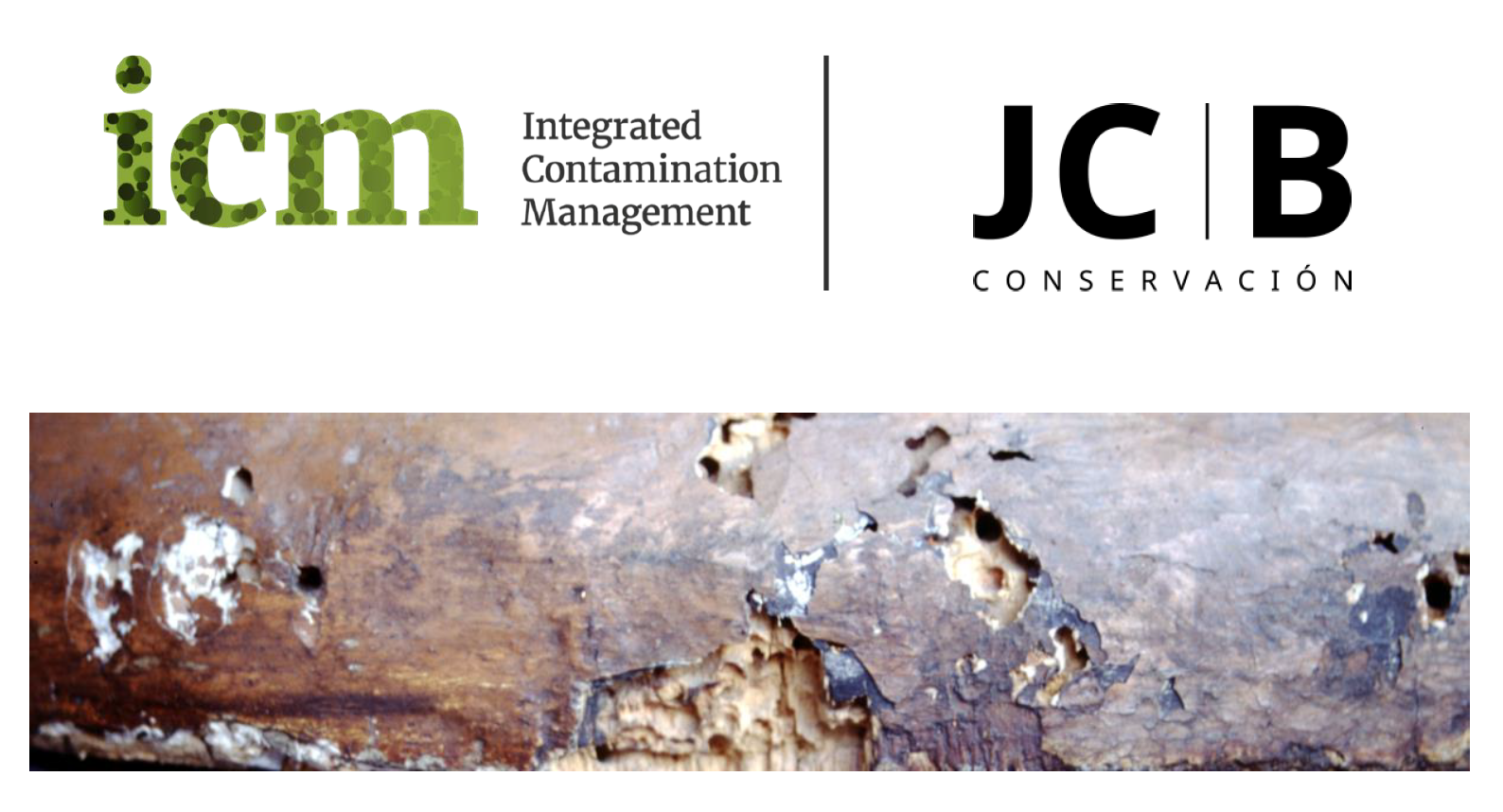From Integrated Pest Management to Integrated Contamination Management (ICM®)
Ecological technology designed by conservators for conservators
The humidity regulated warm air treatment used by ICM® is a 100% effective and eco-friendly method for treating a wide variety of materials which have been attacked by insect pests. All life-cycle stages of insects which inhabit any organic material will die when exposed to warm temperatures over a defined period of time during our ICM® humidity regulated treatment.
In the ICM® treatment the humidity is controlled – and so there are no risks of harm to the objects. Because there are no chemicals or noxious gases involved in the treatment, there is no risk to your health or the environment. The machinery and materials have been developed to require a low energy intake for each treatment. The carbon footprint of the technology is therefore very low.
For all kinds of objects
The warm air treatment of moveable heritage and art works is perfectly suitable for objects in paper, fabric, carpets, leather, fur, ethnographic pieces but also furniture and musical instruments, polychrome sculptures and paintings.
For all kinds of insects
The treatment can be used in the fight against heritage eating insects, including:
- clothes moths (Tineola bisselliella and Tinea pellionella),
- varied carpet beetles (Anthrenus verbasci),
- silverfish (Lepisma saccharina),
- the grey silverfish or so called ‘paperfish’ (Ctenolepisma longicaudata),
- common woodworm (Anobium punctatum),
- powder post beetle (Lyctus brunneus),
- death watch beetle (Xestobium rufovillosum),
- house longhorn beetle (Hylotrupes bajulus),
- tobacco beetle (Lasioderma serricorne)
- and biscuit beetle (Stegobium paniceum).
Advantages of the ICM© method compared to traditional methods
-Only 2 days of treatment per cycle.
-No chemical or hazardous products are used. The method is harmless to the site and does not pose a health risk to the technicians.
-Easy to store and maintain during the process.
-The mobile unit can be moved to any suitable space.
Next-generation treatment chambers
A second* generation of treatment chambers have now been developed under the ICM® brand, which outperforms other methods in terms of speed, ecological impact and capability. Ultrasonic, and hence very evenly spread, humidification and a sophisticated filtering technology (active carbon filters, HEPA) as well as 24/7 data mirroring and remote-control monitoring provide a managed and safe environment for the treatment of valuable and unique objects.
From a conservation perspective the key to using warm air to eradicate insect pests is to maintain the equilibrium moisture content of the material during the warming-up, holding and cooling phases. This is achieved by using tailor made proprietary software to control the relative humidity (RH) and temperature of the atmosphere within the chamber, thereby preventing any physical or structural change in the object through loss or absorption of moisture.
Practical information before contracting our services
Our mobile intervention chamber system is integrated into a truck. It is an evolution of the static chambers that have been in use since the mid 1980s in Europe and in London since 1994. The convenience of the method allows owners or curators of large collections of valuable art and antiques to treat infested items in situ, at the door of their institution or museum. On-site treatment in the mobile chamber minimises the handling and movement of objects, avoids creating unnecessary security risks and additional insurance.
The treatment enclosure must be equipped with the following infrastructure:
- Vehicle access of 3.9 metres high, 9 metres long and 2.6 metres wide.
- A uniform and level surface for truck parking.
- Access to the truck for our staff 24 hours a day, 7 days a week.
- 380V/32A electrical connection, within 20 metres of the mobile unit.
- Standard tap/water supply, within 20m of the mobile unit site.
- Preferably a WIFI connection for remote access to the treatment control PC.
A typical treatment cycle in the mobile unit, including loading and unloading, takes between 20 and 30 hours.



 ES
ES FR
FR




